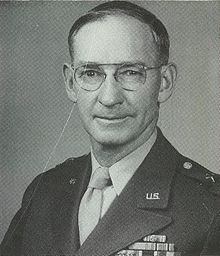
James Basevi Ord was a United States Army lieutenant colonel killed in an air crash at Camp John Hay, Philippines. At the time, Ord was serving as the Assistant Military Advisor to the Commonwealth of the Philippines, under United States Military Advisor Douglas MacArthur. Ord was a member of the West Point class of 1915, "the class the stars fell on", that also included Omar Bradley and Dwight Eisenhower.
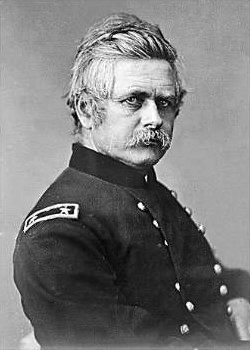
Edward Otho Cresap Ord, frequently referred to as E. O. C. Ord, was an American engineer and United States Army officer who saw action in the Seminole War, the Indian Wars, and the American Civil War. He commanded an army during the final days of the Civil War, and was instrumental in forcing the surrender of Confederate General Robert E. Lee. He also designed Fort Sam Houston. He died in Havana, Cuba of yellow fever.
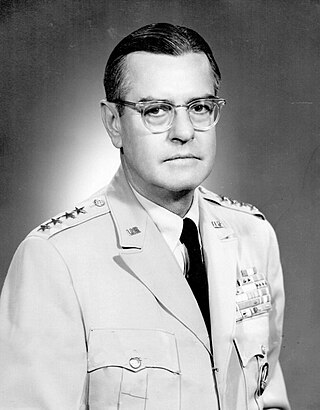
James Edward Moore was a United States Army four-star general who served as the United States High Commissioner of the Ryukyus after World War II.
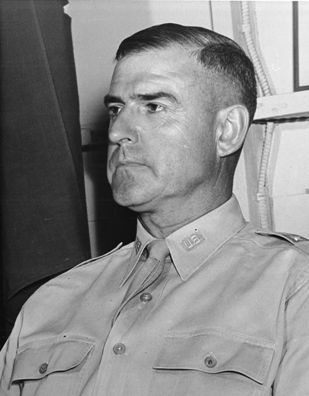
Major General Roscoe Barnett Woodruff was a career United States Army officer who fought in both World War I and World War II and served for 38 years. During World War II he commanded divisions and corps in Europe and the Pacific.

Major General William Weigel was a United States Army officer who, throughout his long military career, served in numerous conflicts and wars, most notably towards the end of World War I, commanding the 56th Brigade of the 28th Division before taking command of the 88th Division in the war's final weeks.
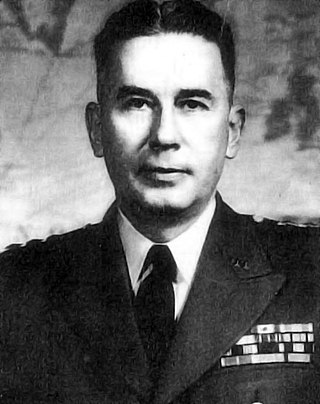
Donald Prentice Booth was a lieutenant general in the United States Army. During World War II he was the US Army's youngest theater commander. After World War II he was known for his commands of the 28th Infantry Division, the 9th Infantry Division and the Fourth United States Army. In addition, he served as High Commissioner of the Ryukyu Islands from 1958 to 1961.

Erasmus Morgan Weaver Jr. was a United States Army major general who served as the first chief of the Militia Bureau and the Chief of the Army's Coast Artillery Corps.

George Bell Jr. was a United States Army Major General who commanded the 33rd Infantry Division, an Army National Guard formation, during the final year of World War I.

Jesse McIlvane Carter was a United States Army Major General who served as Chief of the Militia Bureau.

Brigadier General George Willcox McIver was a United States Army officer who served as acting Chief of the Militia Bureau and commanded the 81st Division's 161st Brigade in World War I.

John W. Heavey was a United States Army brigadier general who served as Chief of the National Guard Bureau.

Major General George Hamilton Cameron was a United States Army officer who had a military career spanning over forty years, at the end of which he attained the rank of major general. Despite serving in numerous conflicts, perhaps his most notable service came in the final years of World War I, where he served as the first commander of the 4th Division, which he later commanded on the Western Front in mid-1918, before being promoted to the command of V Corps, which he led during the short Battle of Saint-Mihiel and then in the early stages of the Meuse–Argonne offensive, the largest battle in the U.S. Army's history, before he was suddenly relieved of his command.

Major General Vernon Evans was an officer in the United States Army who had a long and distinguished military career spanning almost four decades, from 1915 to 1954. A 1915 graduate of the United States Military Academy (USMA), he served in combat in France during World War I, advanced through the ranks and attended the required professional schools between the wars and served in staff and command positions during World War II, including command of the lesser known China Burma India Theater (CBI). After the war he served as the inspector general of United States European Command and headed the military mission that supported the Shah of Iran. He retired as a major general in January 1953. Evans died on 4 November 1987, aged 94, of kidney failure in Bethesda, Maryland.
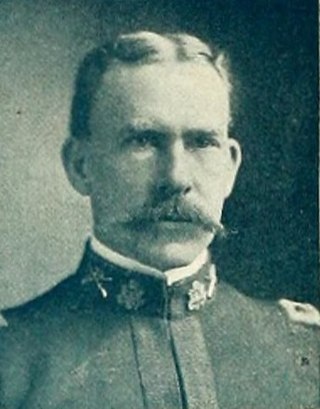
Frank Herman Albright was a career officer in the United States Army. A veteran of the Spanish–American War, Philippine–American War, World War I, he attained the rank of brigadier general, and was most notable for his First World War command of the 151st Infantry Brigade and the 56th Infantry Brigade.

James Roy Newman Weaver was an American brigadier general and commander of the Provisional Tank Group during the Battle of Bataan.

Major General Ira Thomas Wyche was a career officer in the United States Army who ultimately became Inspector General of the United States Army. A graduate of the United States Military Academy at West Point, during World War I he served in the American Expeditionary Forces (AEF) on the Western Front, and returned to the United States to train artillery students. He spent time teaching and attending various army schools from 1918 to 1942; including the United States Army Command and General Staff College and United States Army War College.

John Fisher Preston Jr. was an American army officer who rose to the rank of Inspector General of the United States Army. His first conflict was the Spanish–American War serving in the 7th Infantry, and fighting in the Battle of San Juan Hill and Siege of Santiago. For his service in the war, Preston received the Silver Star. He then spent around a decade serving at various forts in the Philippines and across the United States. Preston was involved in the Quartermaster Corps and the Pay Department until the outbreak of World War I, serving a couple of years in France. He attended various Army schools until 1923, and had various leadership positions in the Army over the next fifteen years, culminating in appointment as Inspector General in 1931. After a four-year tenure and brief stationing at Fort Sam Houston, he retired from the army in 1936 and entered the banking industry in San Antonio. He died on July 1, 1960.
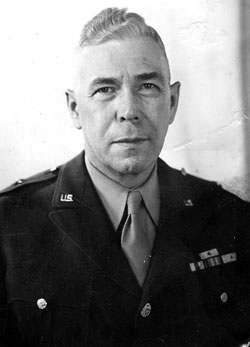
Jesse Amos Ladd was a United States Army general who served in World War I and World War II.

John H. Hughes was a career officer in the United States Army. He attained the rank of major general, and was most notable for his command of the Philippine Division (1937–1938) and the Philippine Department (1938–1939). A veteran of the Spanish–American War, Philippine–American War, and World War I, Hughes served for 43 years beginning 1897. After retiring in 1940, he was recalled to active duty for World War II and served at the Department of War from 1941 to 1945.
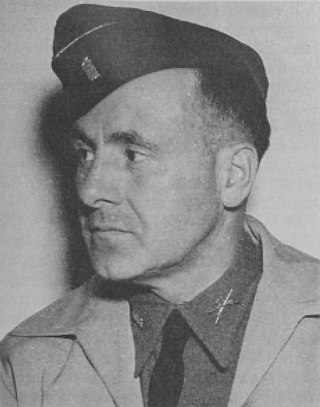
Bradford Grethen Chynoweth was a United States Army brigadier general. During World War II, he commanded the 61st Division and Visayan Force during the Philippines campaign and then spent more than three years as a prisoner of war after being ordered to surrender in May 1942.
